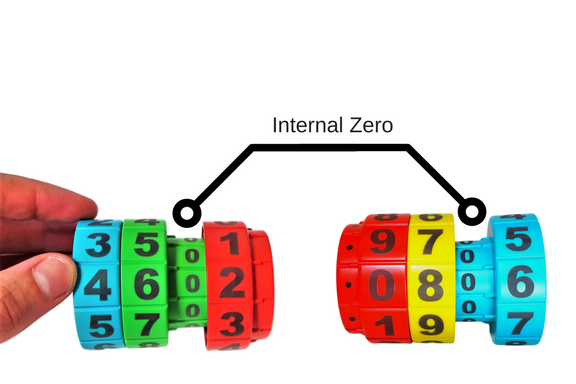Competitive Games
- Twister Teacher

- Jun 9, 2023
- 2 min read
Some tips on keeping your students engaged with competitive games.

Group Size
The games are best played with groups of 2-5 students.
Class sized groups can be effective by having two students play against each other in front of the class, with the winner of each pairing continuing on to face the next student.
Use Variations of "Place Value Shootout"
Using the Place Value Twister competitively is best done is using variations of the “Place Value Shootout” Game.
Students are given or generate a number which they must then make on the Twister.
The cups should start seperated in front of the student.
Switched on students will start to arrange their separated cups with the larger cups on the left, which is an indicator that are understanding the order in which numbers are made.
The first student to make the number correctly wins.
Have the students raise their hand when they think they have made the correct number. Take note of the order which the students complete the task.

Award points to students and tally them on a visible board. Instead of a “winner takes all’ point system, award points for the order in which they finished e.g 4 points for coming first, 3 points for second etc. This will keep the slower students engaged and keep the leaders on their toes. Even the most confident students will start to rush and make mistakes, which they won’t want to make again if it is costing them points.
The way which the students are given the number is the magic behind the learning:
Spoken
The teacher calls out a number which the students then make on the Twister.
When working with multiple groups, students can take turns calling out a random number which the other students make.
Visual
The teacher writes a number on the board which the students make when the teacher says “Go!”
Mix up the order in which you write the numbers e.g. write the tens value first, then the thousands, units and hundred. This will keep the students guessing and aims to force the student to visualise the resulting number in their head.
10-Sided Dice
Students start with the separated cups and colour coded 10 sided dice.
The dice can start resting on the table, however for best enjoyment, have the dice held within the cups placed upside down. The students will flip the cups to roll the dice.
The students are required to add the numbers together to form the number.
Students who rush, will scatter their dice too far away or not correctly add their numbers together. This is a good equaliser for the competition and reinforce students to take care.
Alternatively, using the Place Value Number Generator, select the dice option to randomly generate the dice roll. This feature is also an effective way to instruct a class of the rules of the game before they separate to smaller groups.

Words to Numbers
Instead of proving numbers, have the numbers represented in their written forms.
This can be written on the board or using the flash cards provided in the “Place Value Words to Numbers” lesson.
This is best played using the Place Value Number Generator, select the words only option to generate random numbers in their written form.




Comments